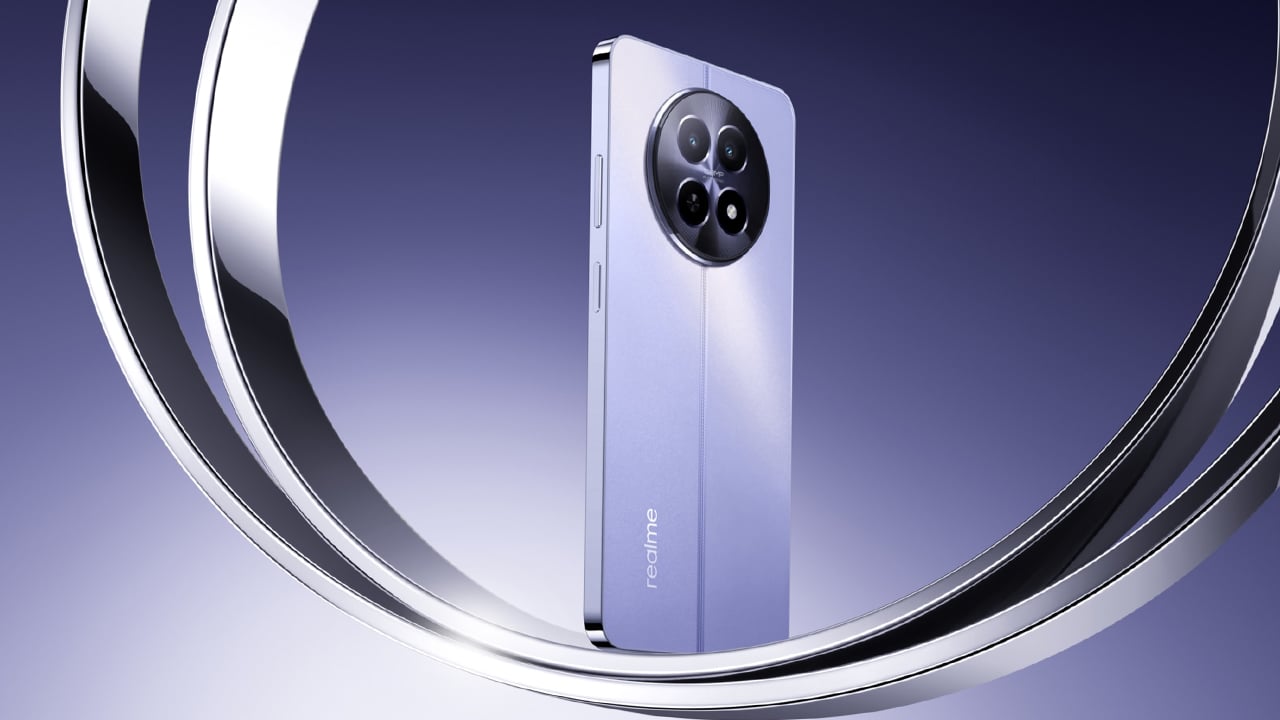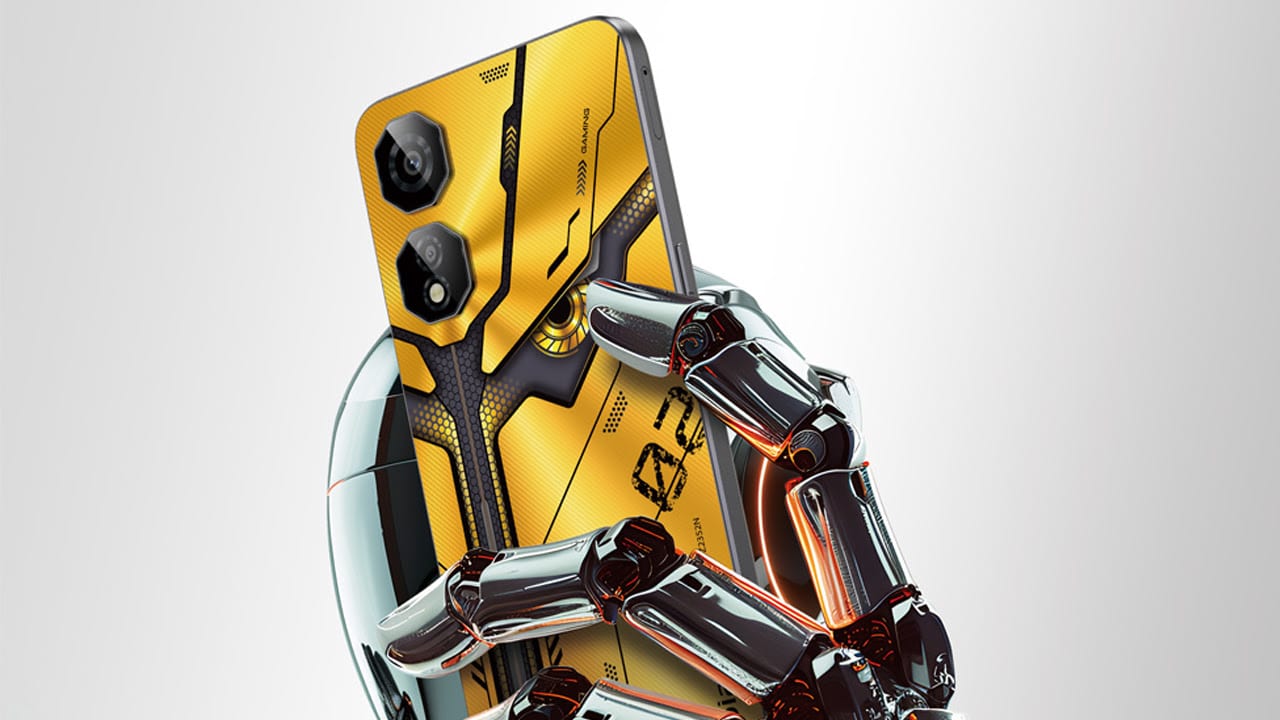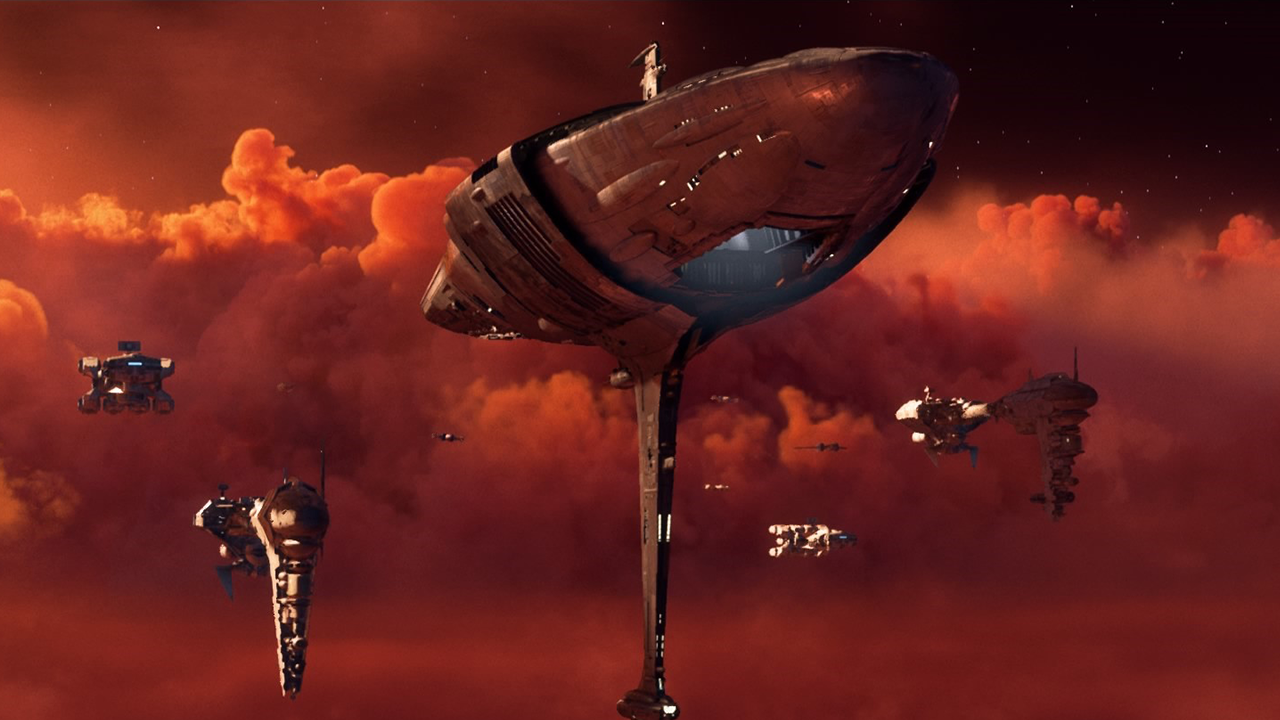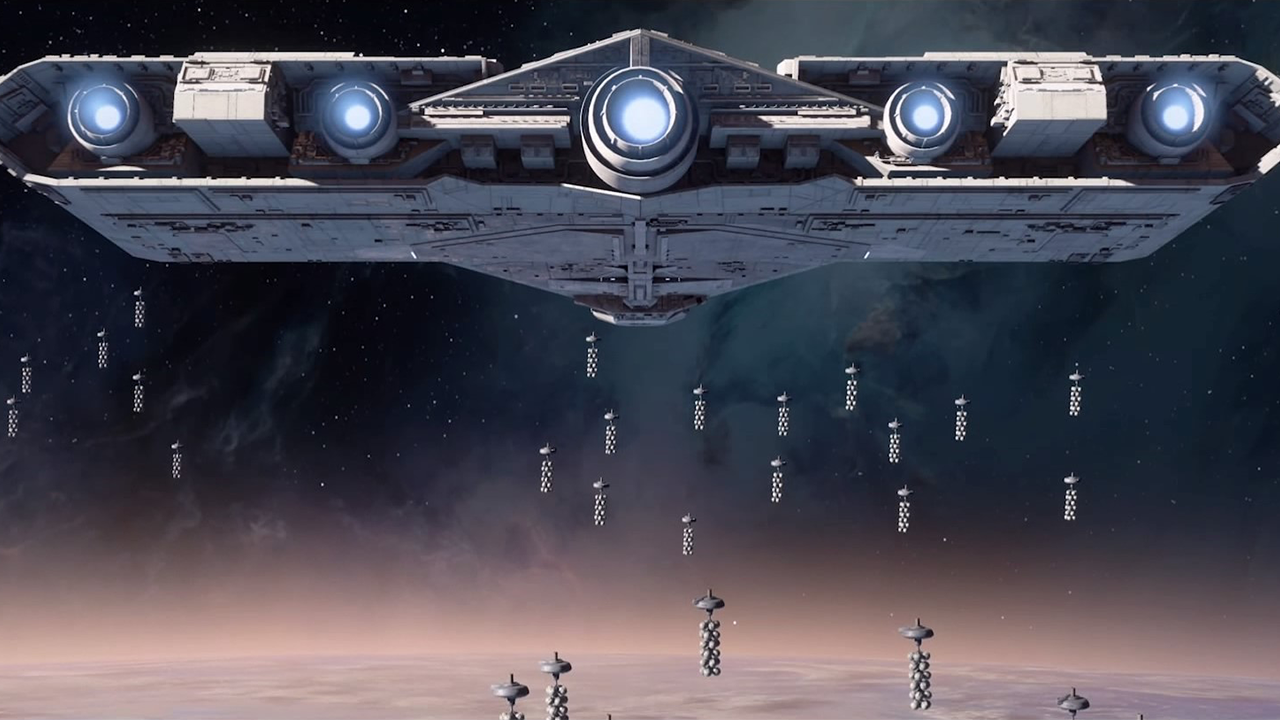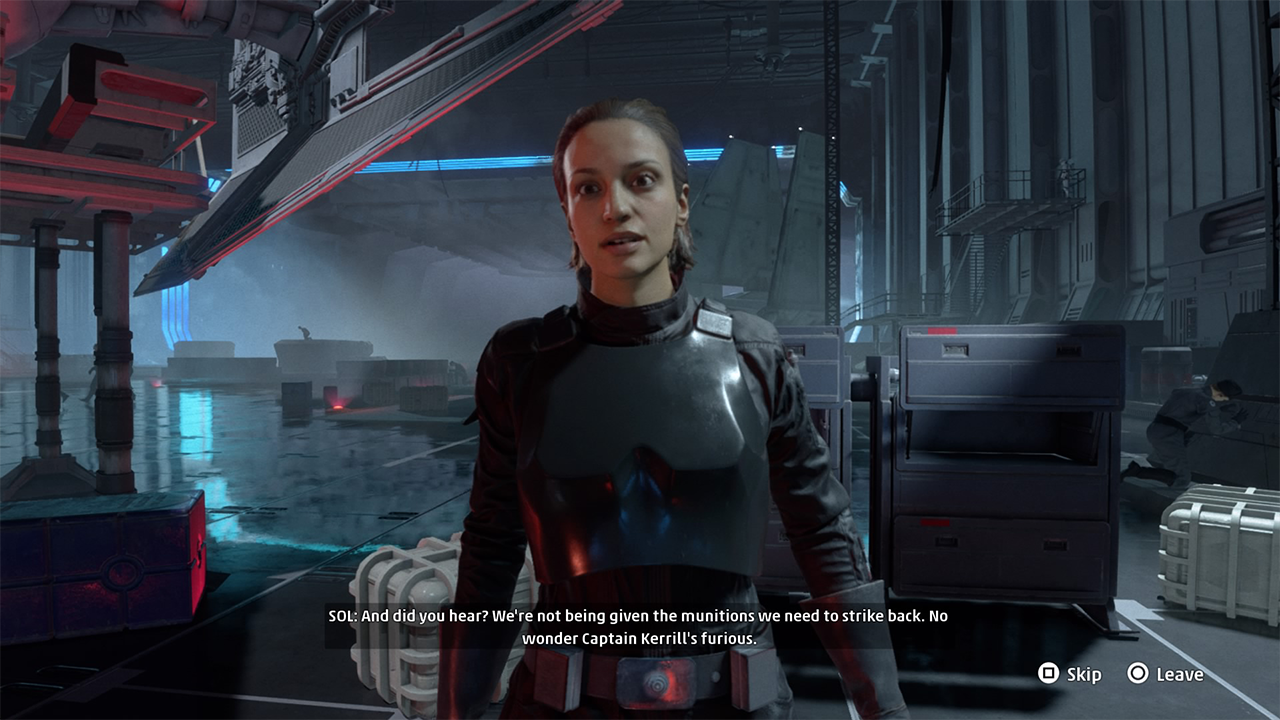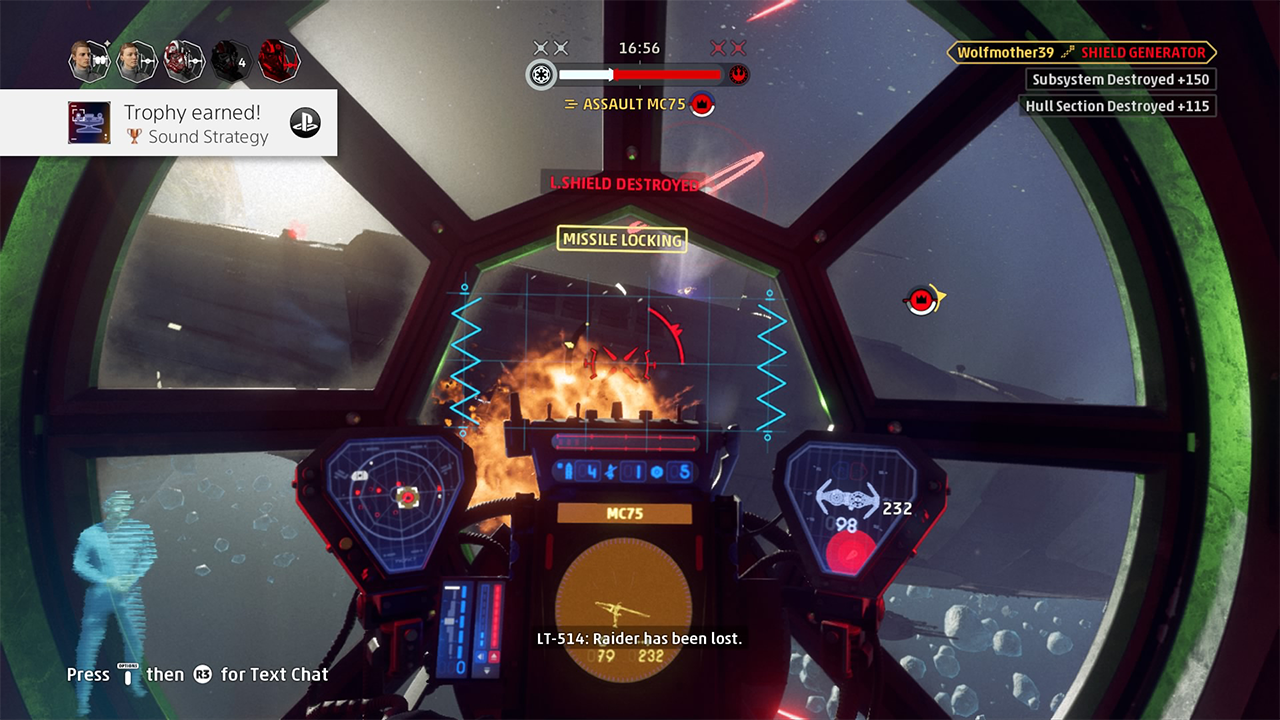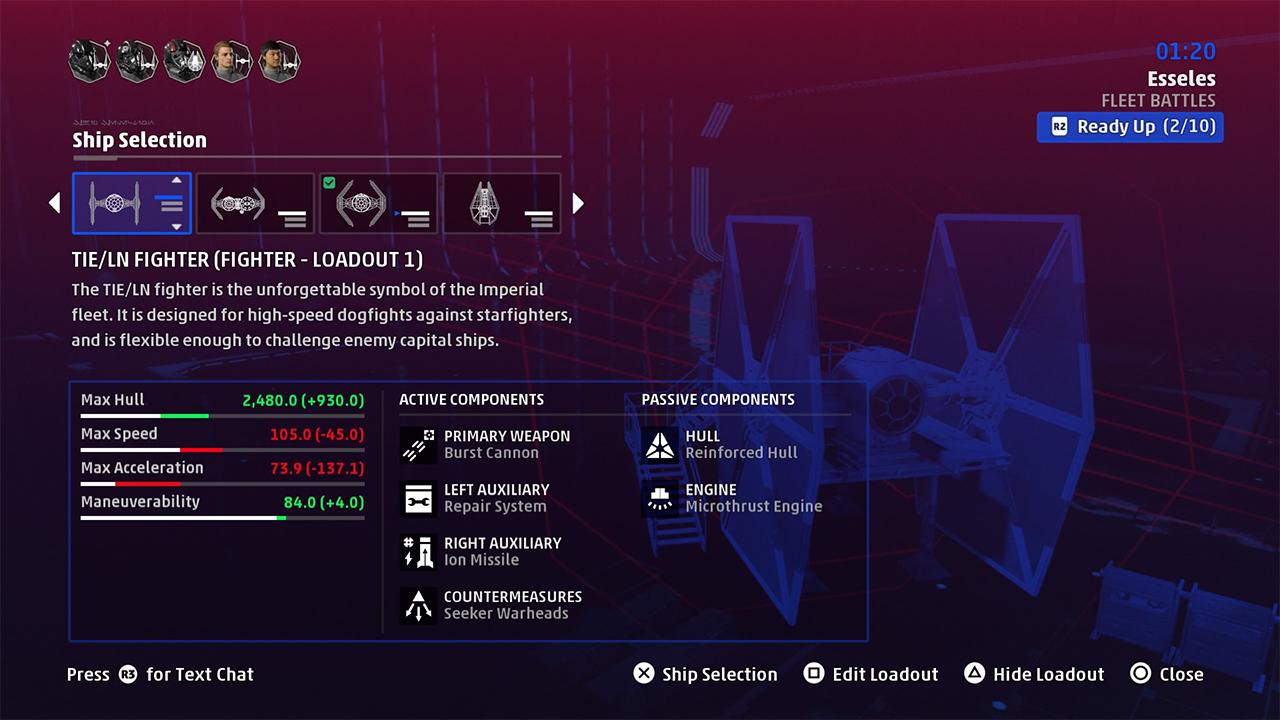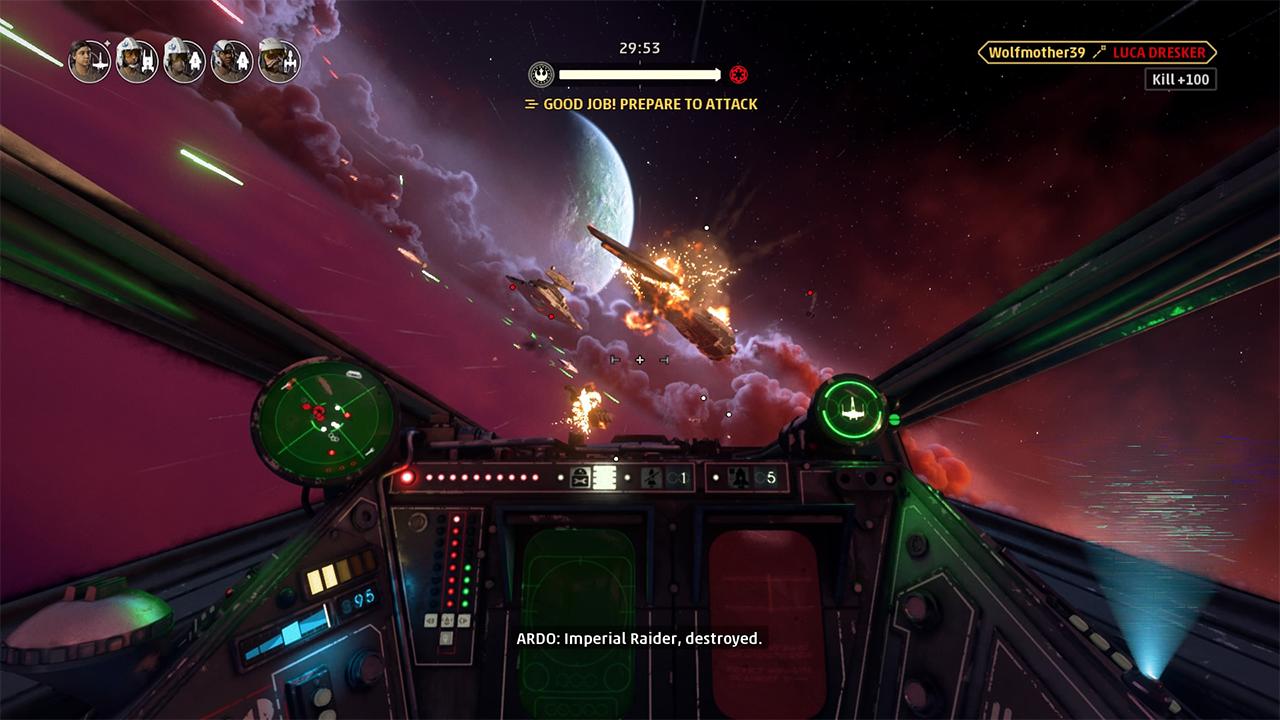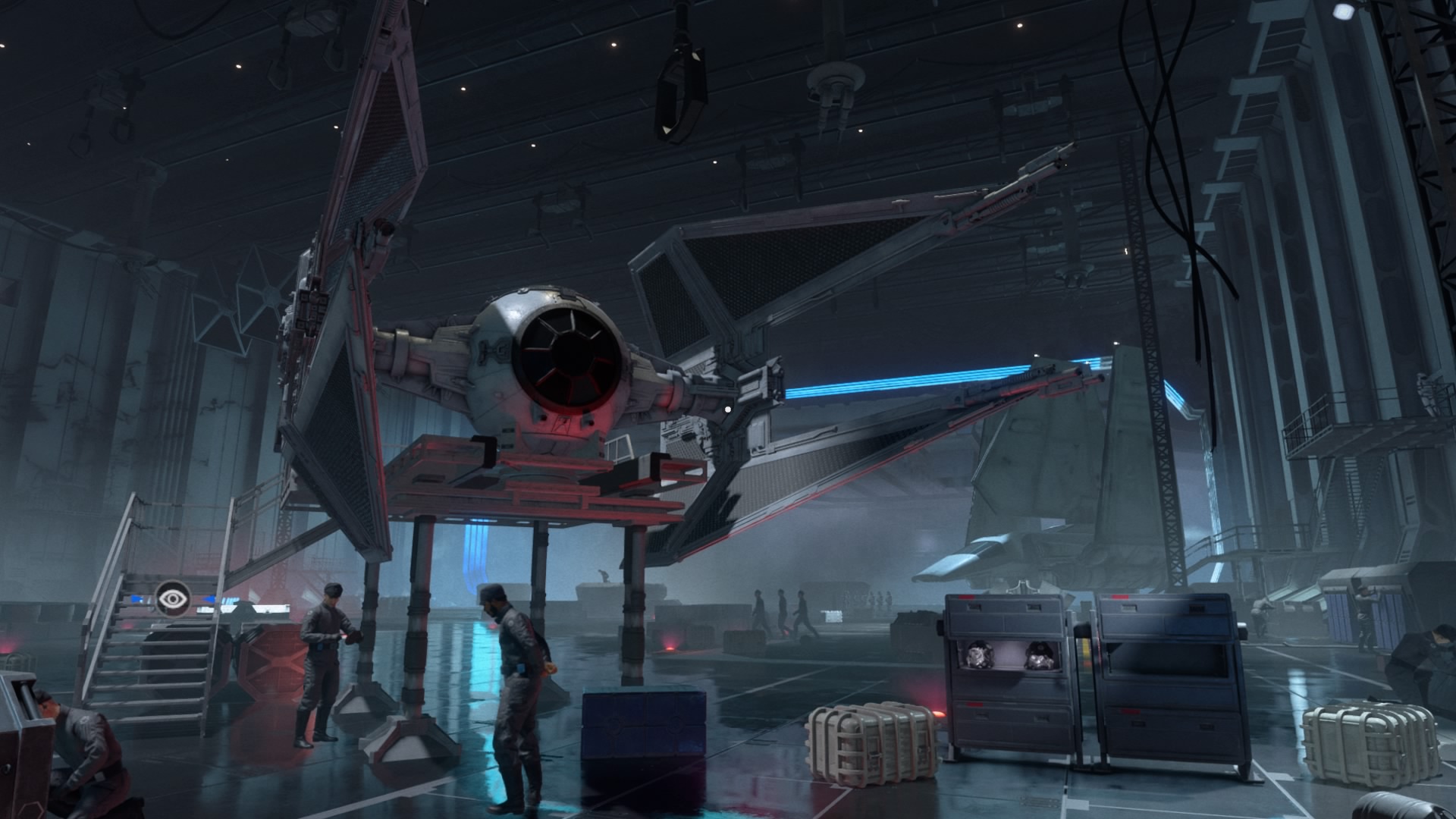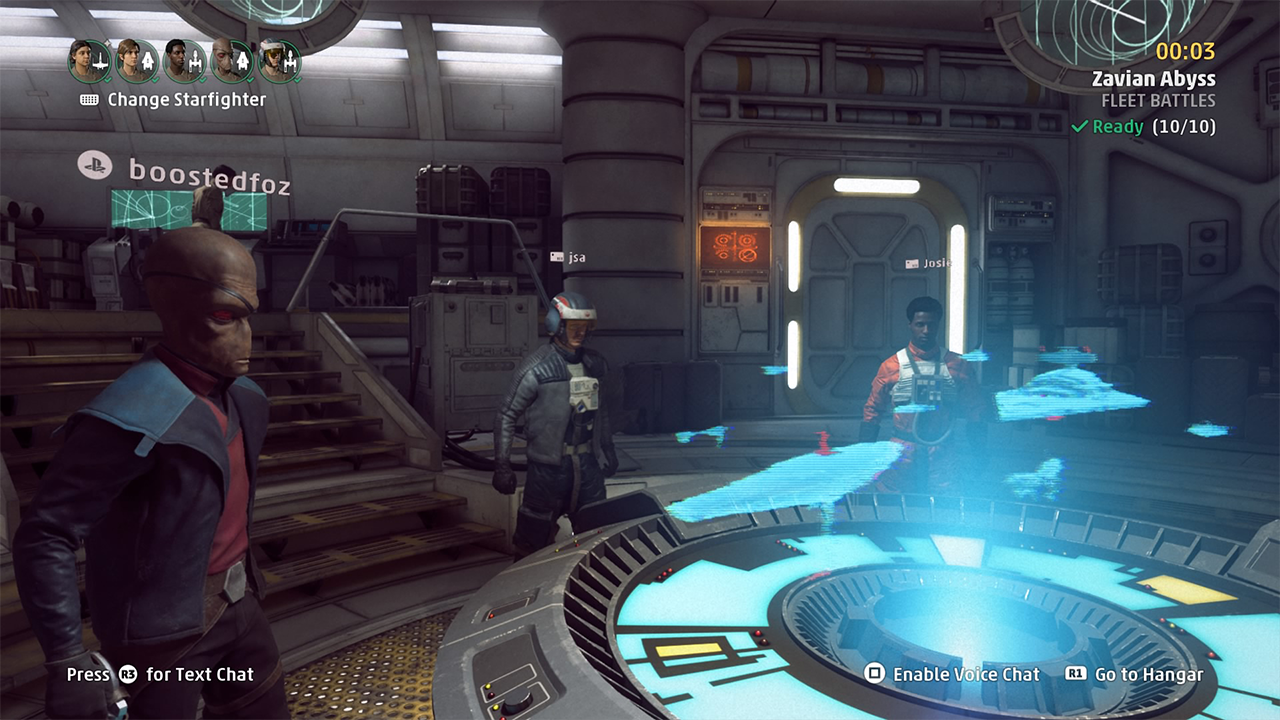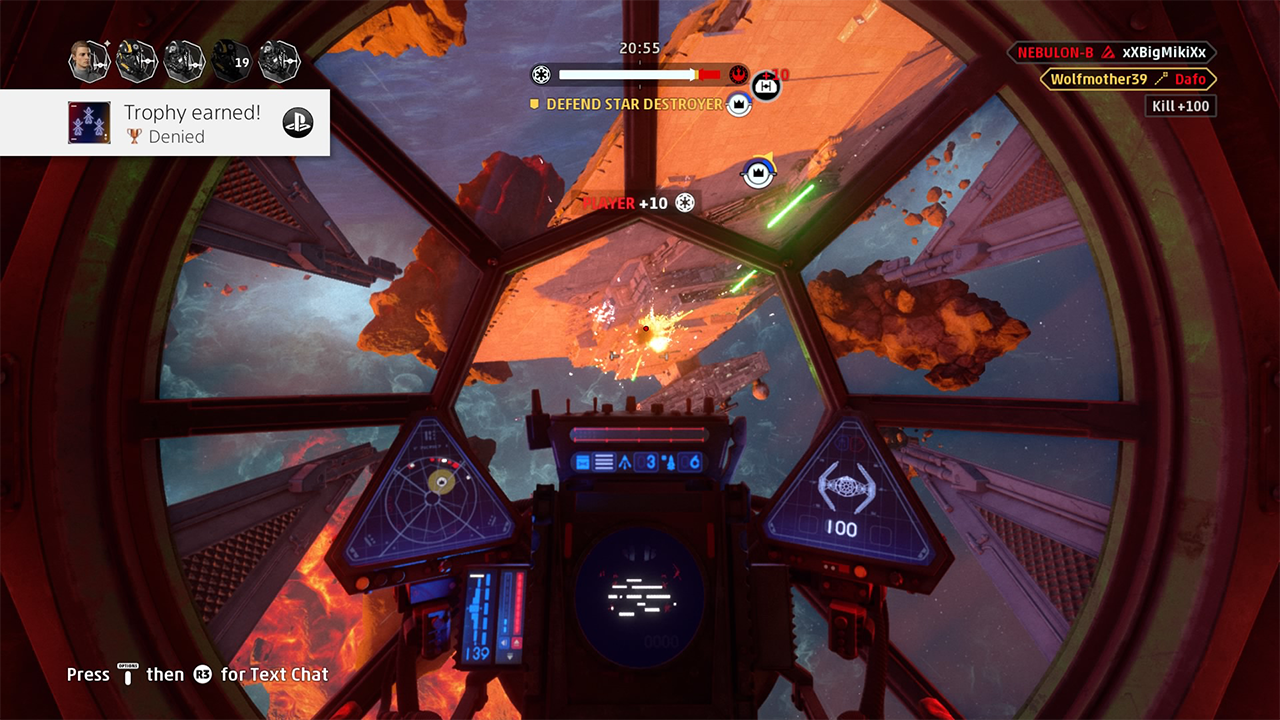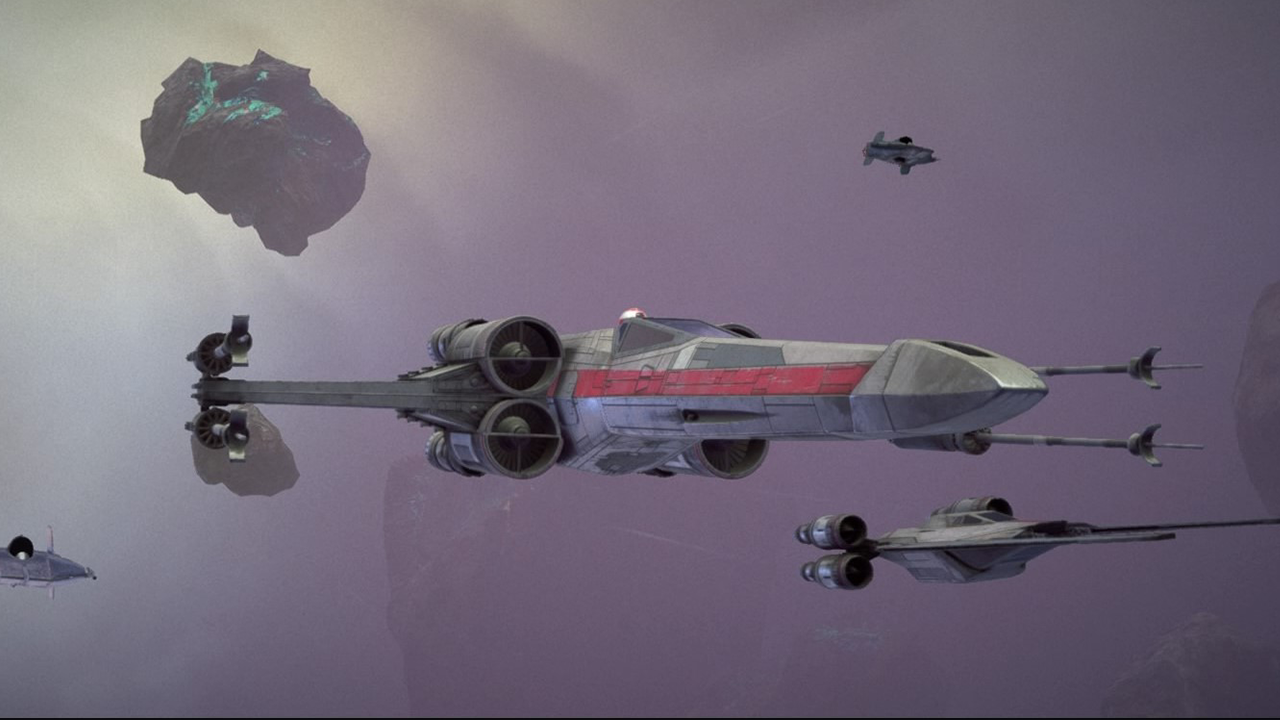In the span of a few years, realme has become a household name when it comes to affordable but reliable smartphones in the Philippines. Boasting attractive specs at just as attractive prices, realme continues this streak with its newest 4G offering, the realme 11.
A 4G smartphone in this price segment may be questionable to some but I’ve found that when a smartphone limits itself to 4G it makes up for it somewhere else.
So with that thought, what does the realme 11 have that makes it a worthwhile pick?
Key specs and need-to-knows
As always, we’ll first lay down the specs. The realme 11 is a MediaTek Helio G99-powered mid-range device offered in a single configuration boasting 8GB of RAM and 256GB of internal storage. Virtual RAM expansion is present as well as storage expansion via microSD card.
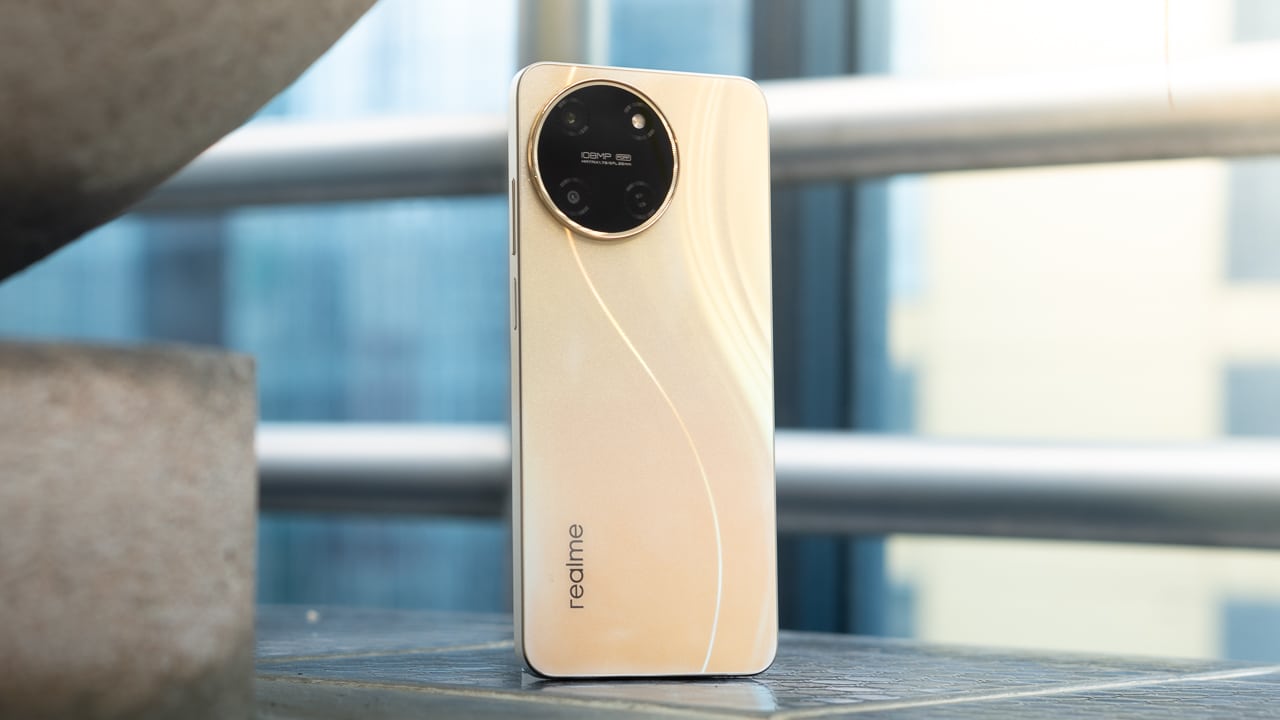
For its display, the realme 11 offers a 6.4-inch Full HD+ AMOLED panel with a 90Hz refresh rate. We only have a single speaker but you do get a 3.5mm headphone jack if you’re looking for better audio output quality.
Despite a rather large camera module on its back, the realme 11 only offers a dual camera setup comprised of a 108-megapixel main camera and a secondary 2-megapixel camera. For selfies, you have a 16-megapixel front-facing camera.
Rounding out the whole experience is a 5000mAh battery and, its hero feature, 67W SUPERVOOC fast charging.
For its Philippine pricing, the realme 11 launched with a PhP 13,999 price tag. While appealing, the segment is quite saturated and you’re rather spoilt for choice. So what will make you pick the realme 11 out of the crowd?
Embracing the Positives
Almost every gadget reviewer I’ve talked to shares this same sentiment: it’s hard to find a bad phone these days.
In this price range specifically, you’re given a wide range of choices, and narrowing down the device for you normally boils down to your lifestyle and tastes.

If you’re after an instantly recognizable device, that’s something the realme 11 can help you with. The company sent us the Glory Gold colorway and it’s rather stunning in person. With a slight S-curve highlight on the back, it offers a lot more personality than the usual gradient or solid slate back.
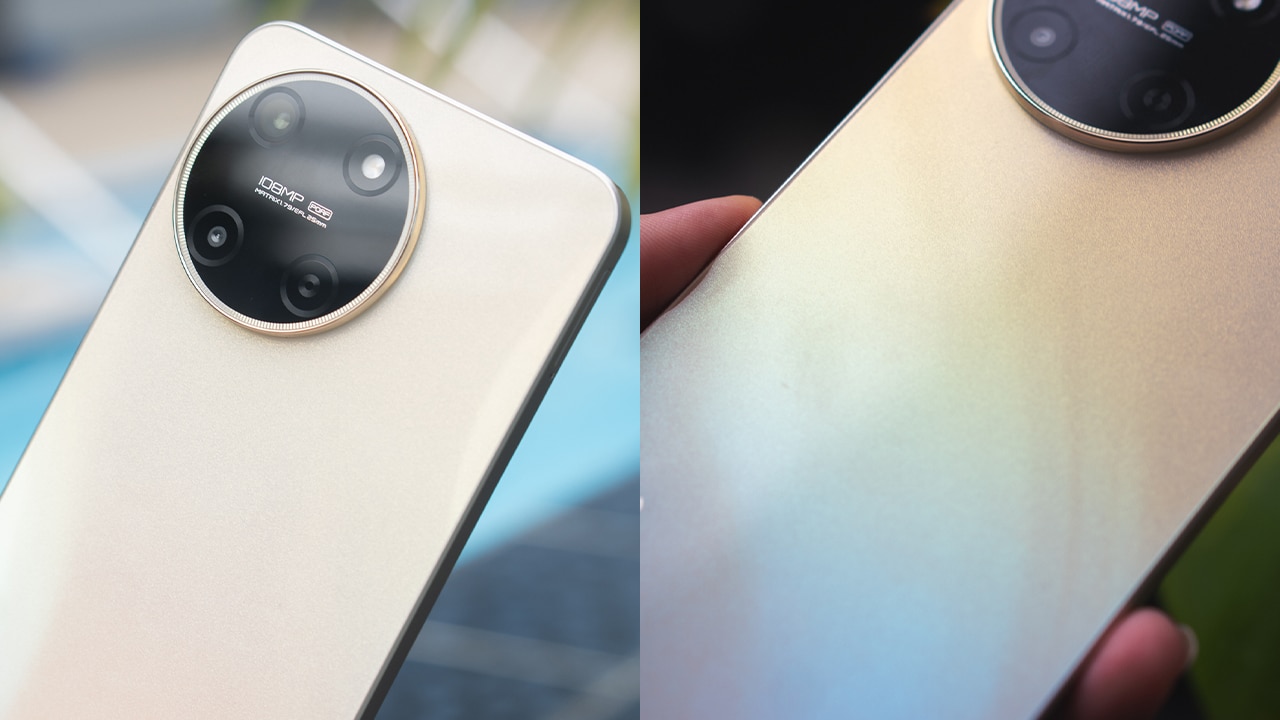
The camera module is just a little too big for my taste especially since you only have two cameras there but it’s easily dismissible.
Moving on from its looks, what realme heroizes with its latest smartphone is its fast charging capabilities. With 67W SUPERVOOC fast charging, topping up your phone takes a little less than an hour.
And again, as I’ve said in many many reviews: I love a phone that can charge fast.
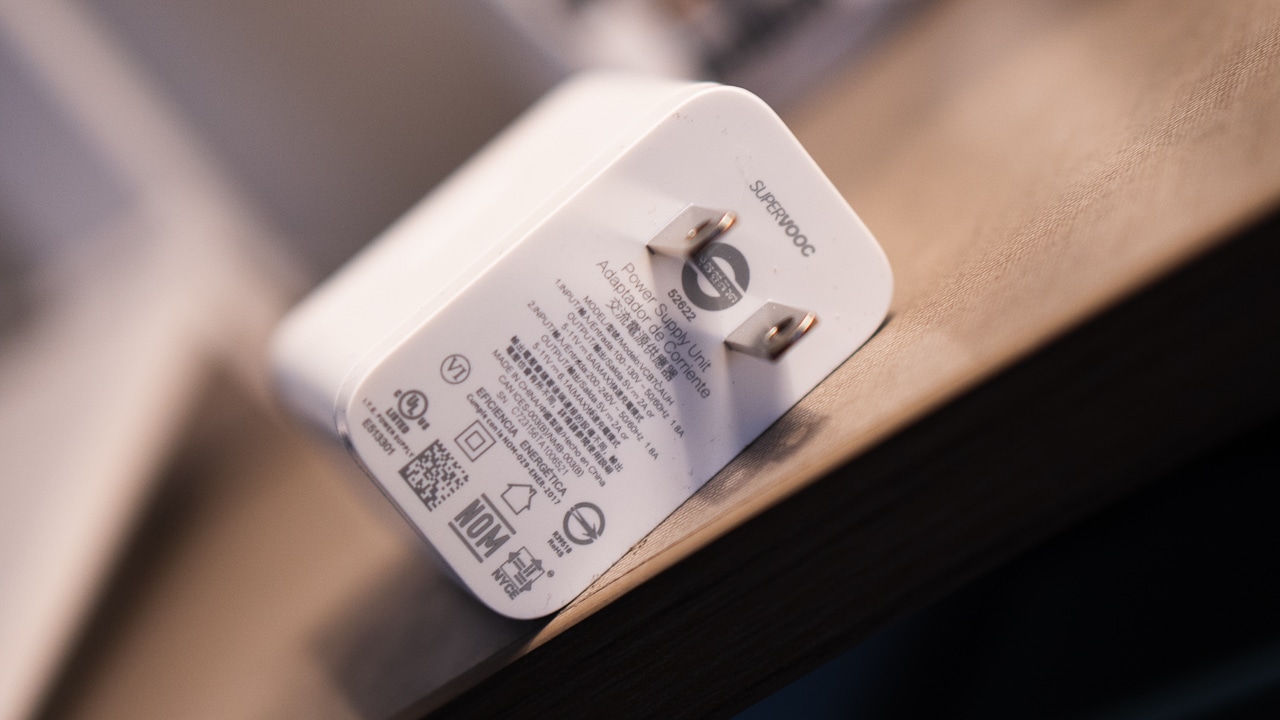
Having charging speeds faster than 33W is a little less common in this segment. Even with 5G devices. It’s funny really, I’ve observed that fast charging isn’t on a lot of people’s checklist but once you’ve experienced it, it’s hard to go back. Paired with a 5000mAh battery that was able to last a little over one day with light to medium use, it’s easier to live life untethered with the realme 11.
And finally, we have its display. It’s not a perfect display but I’m an AMOLED fan and the realme 11 delivers on this front. 90Hz is respectable as well and I don’t see the need to complain about not having a higher refresh rate.
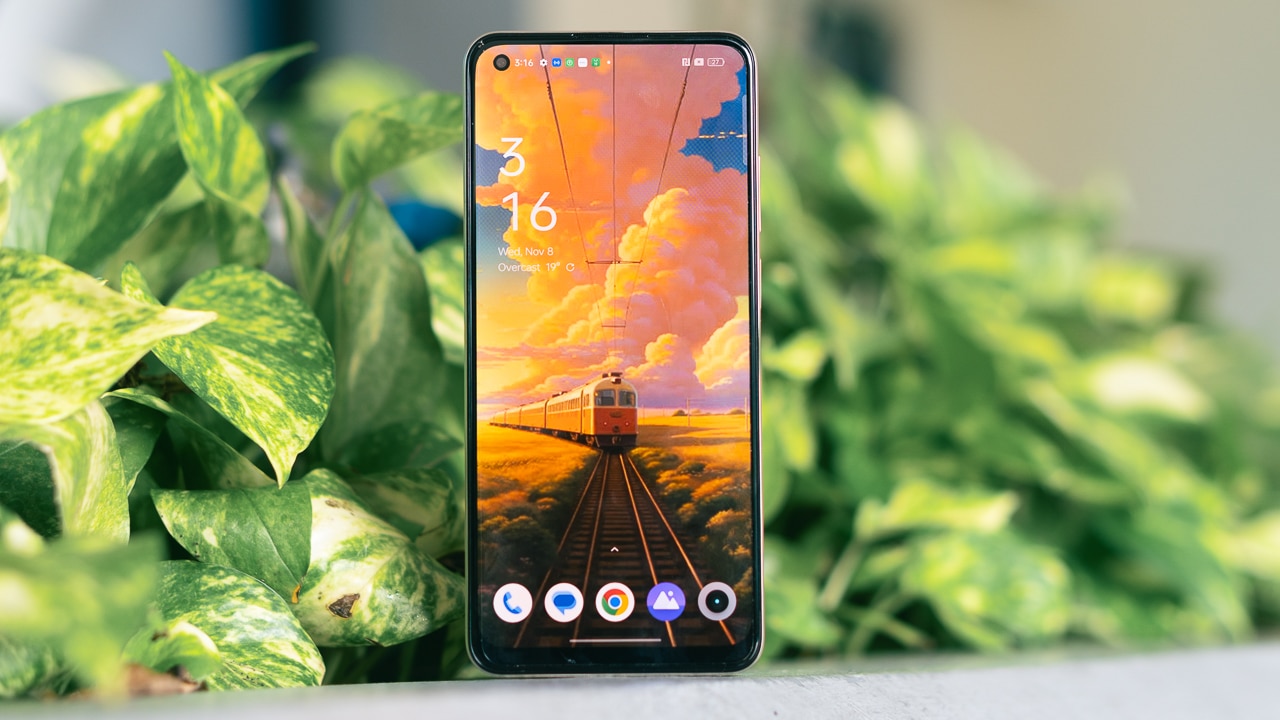
In my time with the realme 11, I’ve found it’s these features that stood out the most and what made using this device more enjoyable. Apart from fast charging, a respectable main camera, and a vibrant AMOLED display, performance is quite commendable as well though (unexpectedly) not the snappiest around. But being a gaming processor, it runs a number of titles rather impressively including the resource-heavy Genshin Impact.
A Few Quirks to note
Let’s get this out of the way. The first thing that most users may complain about is the lack of 5G – especially since you can consider this a mid-range device.
Interestingly, a 5G variant does exist but it’s unavailable locally. So to make up for that, realme equips this 4G variant with a capable gaming processor among other improvements.

But if 5G is a need, you’ll have to shell out for the Pro members of the Realme 11 family which are available here in the Philippines.
Now, I earlier talked about its display and how I enjoyed the punchyness of the colors but there is one thing I don’t like about it – its bezels. More specifically, its bottom bezel. It just feels a tad bit dated and makes the device look like it should be on the lower end of the price spectrum – at least when looking at it from the front.
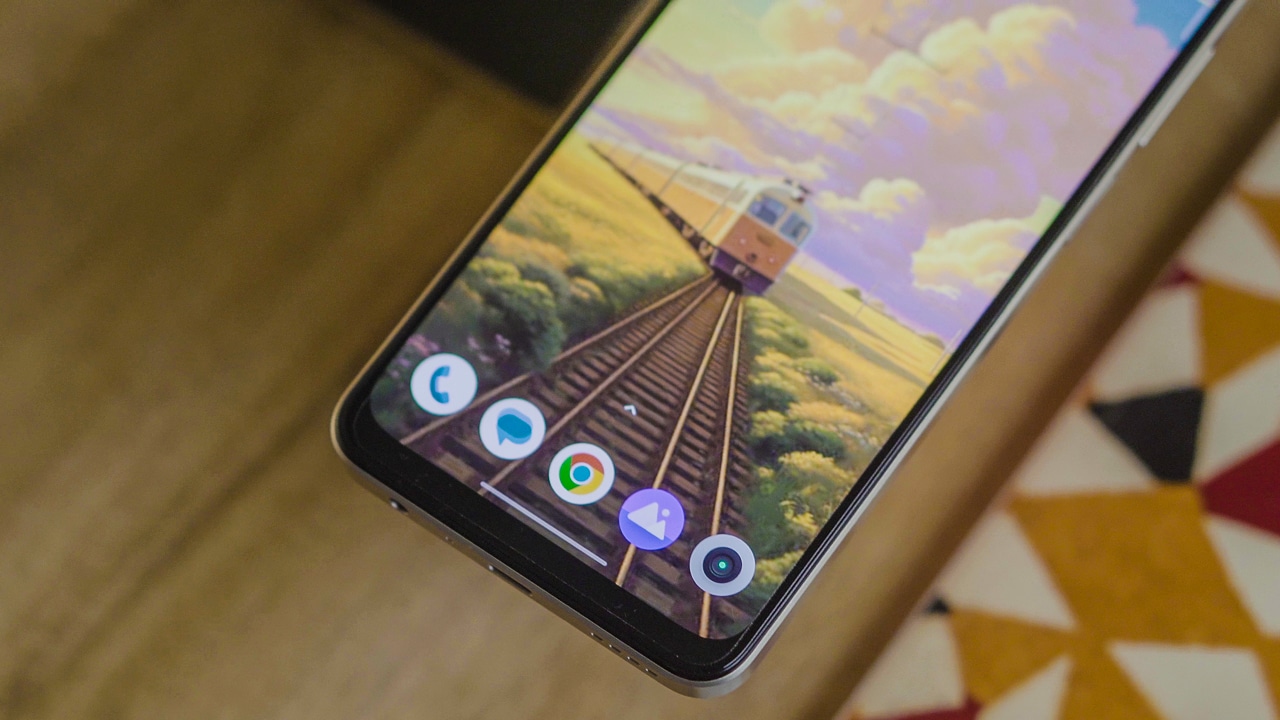
A couple of other quirks, which may or may not be a negative thing, are its plastic build, single-firing speaker which produces so-so quality, and the presence of bloatware.
What about its cameras
I purposely separated this section because I find that the realme 11’s cameras classify both as a pro and as a con.
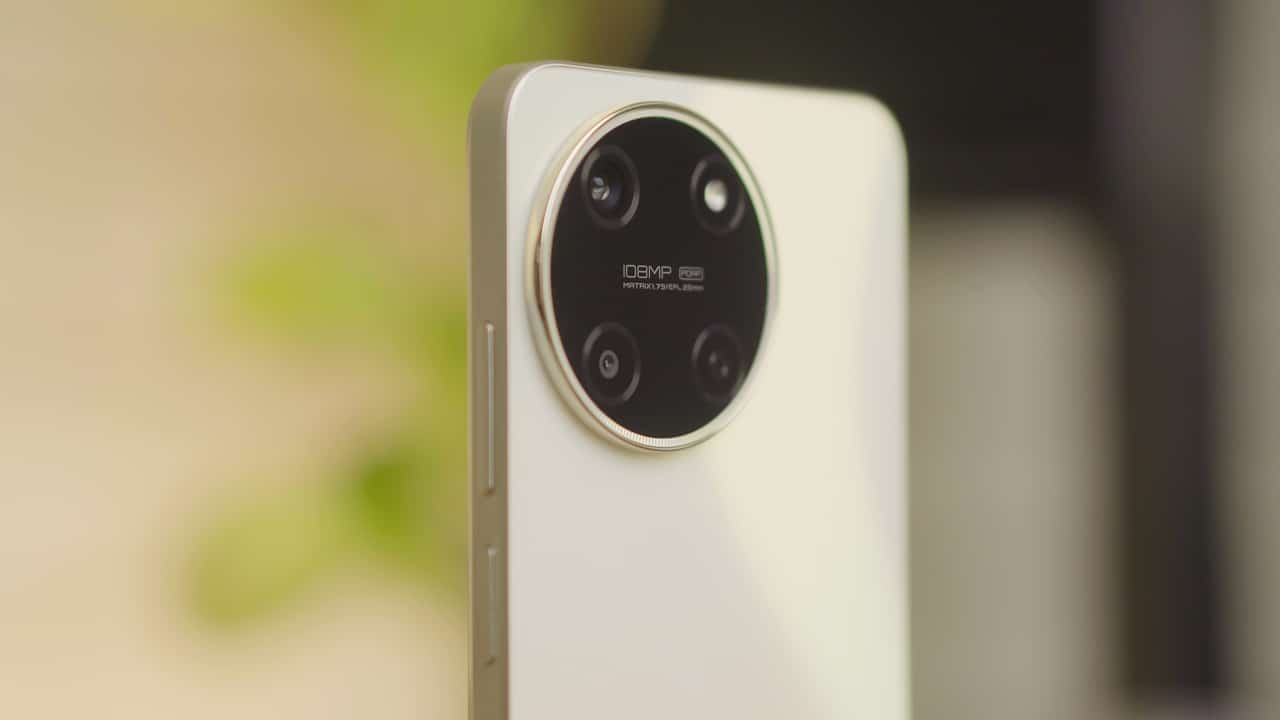
How so? Well, its main 108-megapixel camera is rather impressive and very capable when given a good amount of light.
Colors are well-balanced with saturation leveled for most colors. That 108-megapixel shooter is well-tuned to give you enough details in textures, more so in ideal lighting. The level of detail and natural bokeh it’s able to produce is also rather impressive and does well even in indoor light.
It also has Street mode which is something we’ve come to love about realme cameras. Switching to this mode provides you with a more contrasty look that still very much works. Processing is more evident in this mode but we find the photos still look great. I’m also pleasantly surprised that its digital zoom performs rather well in bright light.
So why also a con? Well, the fact that you will solely depend on that main camera lessens its versatility. The 2-megapixel secondary camera comes out as just a filler with no real purpose and the 16-megapixel selfie camera’s performance is also quite unpredictable with its finicky focus and just-ok low light performance.

Another aspect of its camera that leaves me wanting is on the video side. Because of its chipset, we aren’t given access to 4K recording. And in the age of short-form video content, this is a want for most. I also couldn’t find any info on its stabilization (or lack of) but you will notice the shakiness when using handheld.
Final thoughts
A quick summary will show that the realme 11 is a well-designed, lightweight smartphone, built to withstand a little more than the usual dailies. Its 108-megapixel shooter is a welcome upgrade and quite capable save for video. And that AMOLED panel makes watching and consuming content a treat for the eyes.

There are a few compromises including the lack of 5G (which may be a deal breaker for some) and camera versatility but the device does try to make up for it by offering faster-than-usual 67W charging, large expandable storage, and other features that offer quality-of-life improvements.
Where to get the realme 11
The realme 11 is now available in the Philippines for PhP 13,999 and can be purchased online through realme’s official accounts on Shopee PH and Lazada PH. The realme 11 is also available in store at realme’s authorized dealers nationwide.
This review was made in partnership with realme Philippines. Thoughts and opinions are the author’s own.











